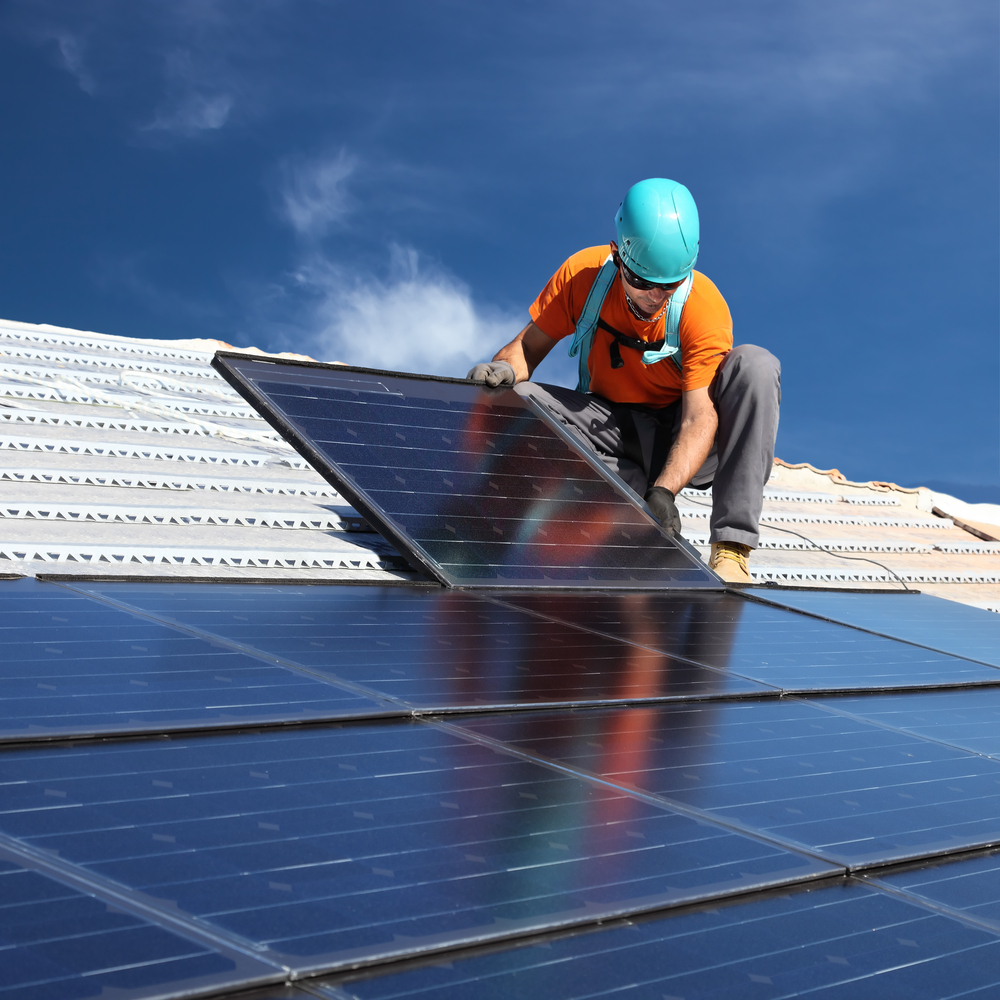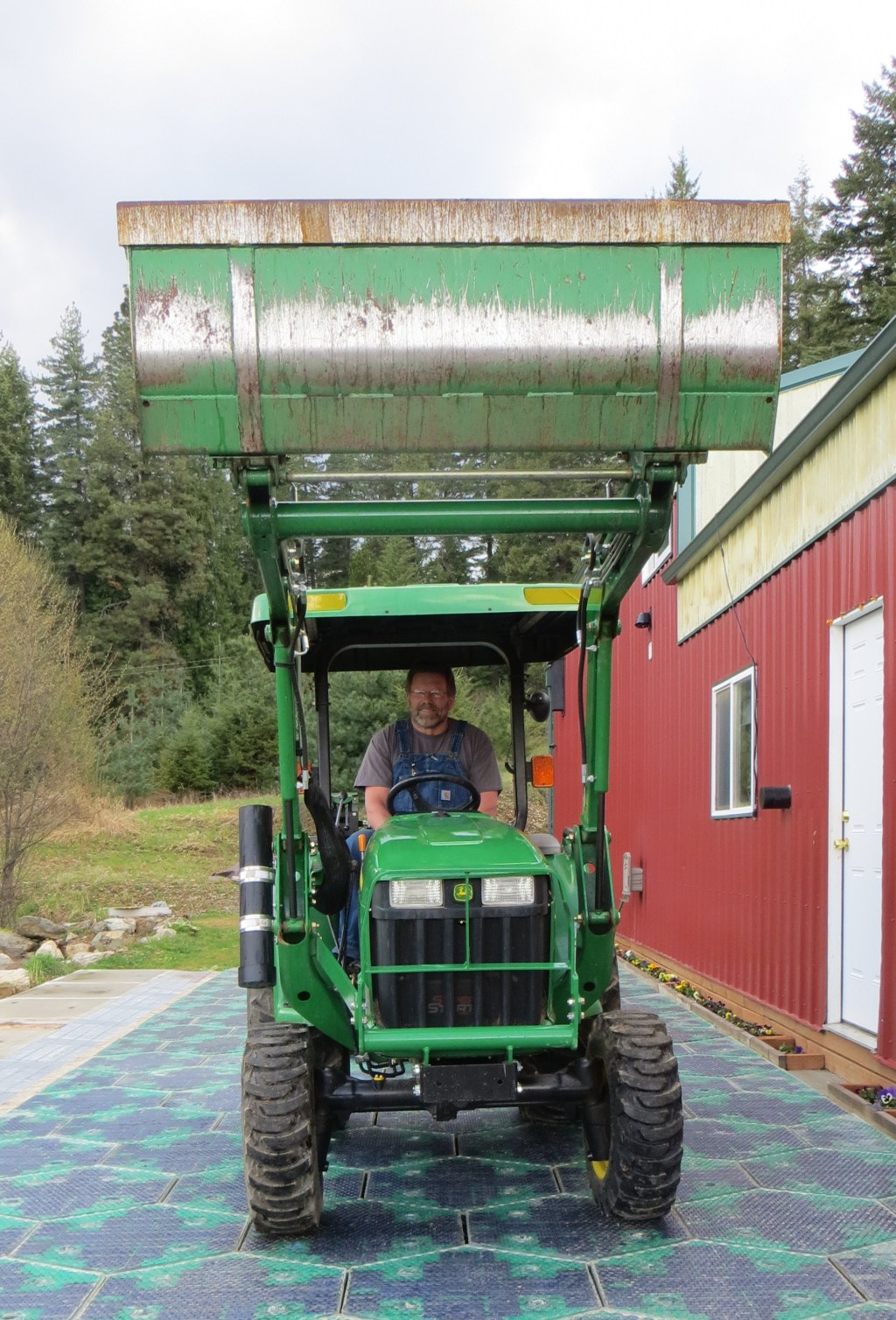Solar power installations marked a new high in 2016. The U.S. now has 42 gigawatts of solar photovoltaic energy capacity, sufficient to power 8.3 million homes and reduce carbon dioxide emissions by 52.3 million metric tons annually. The solar capacity grew by 55 percent year-over-year, according to an analysis released by Environment America Research and Policy Center. The report, “Shining Cities: How Smart Local Policies Are Expanding Solar Power in America,” shows that the top five positions are occupied by San Diego, Los Angeles, Honolulu, San Jose and Phoenix. An impressive number of American citizens have invested in their own solar projects in their communities, while many more are ready to enroll. In 2016, just the top 20 cities accounted for as much solar power capacity as the entire country had installed in 2010, nearly 2 gigawatts. There is also a new number one solar-powered city, San Diego, which is replacing Los Angeles. But even though the industry marked such great progress last year, there are still vast amounts of untapped solar potential. San Diego, for instance, has developed less than 14 percent of its technical potential for solar energy on small buildings. “San Diego is setting the standard for other cities across the country when it comes to protecting our environment and creating a cleaner future,” San Diego Mayor Kevin Faulconer said. “This new ranking is a testament to the many San Diego residents and businesses harnessing our natural resources as we march toward our goal of using 100 percent renewable energy throughout the city.” In order to shift the U.S. toward an economy powered by 100 percent renewable energy, officials must continue to adopt a series of pro-solar policies. “Cities are recognizing that clean, local and affordable energy just makes sense,” said...
Tesla Solar
Creating the “Obvious Choice”
The announcement of Tesla’s solar products caught the media off guard, instantly capturing our attention with their draw-dropping beauty and simplicity. We held a collective breath—how much are these going to cost, exactly? Are they scalable? Endless Energy The sun is a free and relatively endless source of energy. The Tesla website reminds us that, “The sun provides more than enough energy in just one hour to supply our planet’s energy needs for an entire year.” Harnessing that power simply makes sense. To help consumers utilize that power, Tesla finalized the acquisition of SolarCity for roughly $2.6 billion in November 2016. Together, the entities aim to “provide customers with full-stack solutions for owning their own energy production, storage and consumption.” To date, that stack includes solar tiles, Powerwalls and Powerpacks. Solar Tiles Tesla solar tiles create stunning, energy efficient roofs that are also affordable. Fortune estimates the solar cell costs to be $0.40 per watt, comparable to commodity solar panels. The difference comes in their efficiency: Tesla’s solar tiles are nearly 15 percent more efficient. The solar roofs can also be less expensive. Tesla CEO Elon Musk states that he aimed for an installed cost that is less than the cost of a conventional roof and the electricity bill for a home. Some of the cost savings come in the form of shipping. Tesla’s tiles are one-fifth the weight of similar products. That makes the lightweight and ultra durable material easier and less expensive to transport. They are also harder to break than asphalt shingles or terra cotta tiles, reducing the cost of wasted materials. The durable tiles will not need to be replaced or repaired as often as conventional roofing or competitors’ solar panels. Where traditional roofing shattered under impact, the Tesla glass...
Solar for Affordable
Free, Resilient Energy
The Clean Energy Group recently completed the report, Resilience for Free: How Solar + Storage Could Protect Multifamily Affordable Housing from Power Outages at Little or No Net Cost. The group’s research unveils just how easy and cost-effective it can be to furnish affordable housing with solar energy. The research and new technologies could be a game changer for the industry. The report examines data for multifamily affordable housing communities in three major metropolitan areas: New York, Washington, D.C., and Chicago. The results show that solar + storage can be installed and implemented with zero net cost over the lifetime of the project. Zero. Returns are reaped in a matter of years. Solar has finally become a cost-effective competitor for conventional power sources. The crowning features of solar + storage are especially important in affordable housing. Low-income residents have the fewest resources to pay for the rising costs of conventional energy. Prices for sustainable solar energy have actually decreased, making it more accessible than ever before. Low-income areas are the most vulnerable populations during crisis, particularly housing for seniors and the disabled. Those populations are the least equipped to recover from disaster as they lack the resources and access needed to bounce back quickly. It is important to keep these communities functional until surrounding infrastructure and services resume. Storage and backup batteries have drastically improved in recent years, providing power for affordable housing communities in emergency situations. Such features position sustainable solar as a viable alternative to conventional energy in terms of cost, accessibility and reliability. “There is now no economic or technical excuse to leave low-income and vulnerable people at risk,” Resilience for Free concludes. Precisely how solar + storage works in an affordable housing community will vary by project type. In the...
Solar Upgrades
The latest home gadgets
As green features become more and more important both from an environmental point of view, as well as a tool to increase occupancy and attract eco-conscious renters, the pressure is on for apartment owners. While many green upgrades do come with a high price tag, plenty of green upgrades can be achieved at relatively low cost and plentiful gains down the line. We explore the easiest solar-powered green solution that you can introduce into your apartment communities right now. Easily one of the least eco-friendly amenities, the pool can easily be greened harnessing the (free) power of the sun. It can be as simple as switching to solar-powered pool lights. Once bought, these tiny gadgets work away on their own. It’s as simple as placing them in a pool, where they will automatically charge during daylight hours and come on at night, when the sunlight fades. Some also have lightshow features that can set the mood for an impromptu pool party. Others also double as pool sanitizers, dispensing chlorine while giving off light at night. If you really want to green your pool, but don’t want to switch to saltwater, there are numerous mineral-based and solar-powered gadgets that cut down chlorination by 80 percent or even more. While these gadgets take care of algae and microorganism, they don’t clear surface debris. If you’re looking to fully automate pool maintenance, a solar pool skimmer is just the thing for your apartment community. This little gadget cleans up to 95 percent of surface debris, eliminating the need to hand skim, while also significantly cutting down on filtration and bottom cleaning. The solar-powered robot also features solar-charged batteries, meaning it also works well into the night. It can also double as a chlorine dispenser. BBQ facilities are...
Solar Roadways
Fast Lane to the Future
If you ever played with electric slot cars as a kid, this idea may resonate. An inventive couple has reimagined the world’s roads as the source of solar/electric power for vehicles. Think the idea is out there? Read on to find out what they’ve envisioned. With global warming in mind, Scott Brusaw (right, driving a tractor on a prototype parking lot built using the technology) and his wife Julie started working on the idea of replacing petroleum-based asphalt and concrete surfaces with a material that would capture solar energy. The hope was to find a way to reduce and eliminate coal-fired power plants. The result of their efforts is the Solar Roadways project. The focus was on building solar panels that could be walked upon and driven on, essentially producing solar-powered cases containing photovoltaic cells, with an exterior strong enough to protect the sensitive electronics inside. These unique panes would also store the collected solar energy. They’d be used to re-pave the roads, or any surface that soaks in the sun all day long, and would need to have some fantastic features: – to withstand the weight of an 18-wheeler; – to melt ice and snow; – to capture and send the extra energy to the cities. The answer? Perhaps surprisingly: Glass. Tempered and laminated glass with textured surface to avoid sliding. Furthermore, these cases would have LEDs to illuminate road signage and to advice the driver to slow down on the portions with increased risks, as well as heating elements to withstand snow and ice. Solar Roadways | Michéle Ohayon from Focus Forward Films on Vimeo. This might seem unrealistic, but the idea has been taken seriously. It received awards and nominations from GE, the World Technology Award, Google and the IEEE Ace...





